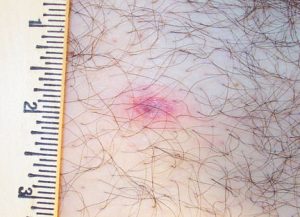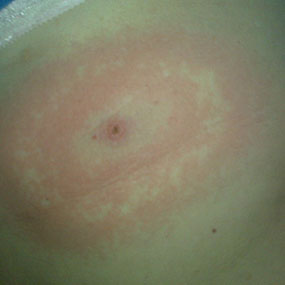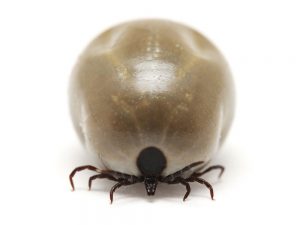Ticks do not fly, jump or blow around with the wind. Ticks are slow and lumbering, very patient and amazing in their capacity to locate their host/prey. Their purpose in life is only to propagate their species and unknowingly pass diseases to those hosts they feed on. They do not feed often, but when they do, they can acquire disease agents from one host and pass it to another host at a later feeding. Their sensory organs are complex and they can determine trace amounts of gases, such as carbon dioxide left by warm-blooded animals and man. They can sense the potential host’s presence from long distances and even select their ambush site based upon their ability to identify paths that are well traveled.
Although the number of tick species is in the hundreds, there are relatively few ticks that interact with mankind and domestic animals causing harm. While most ticks limit their host selection, others are opportunistic feeders and will feed on almost any accessible host. A tick, which feeds on a select host group, will move infective agents within that group. However, when a tick is a nonselective feeder, it can transmit disease agents from one host group to another. These nonselective ticks pose the largest threat of infection in man.
Ticks generally are not born with disease agents but rather acquire them during various feedings. They then pass the disease on to other animals and mankind during subsequent feedings. When an infection moves from an animal host to a human it is called zoonosis. Lyme disease, Babesiosis, Ehrlichiosis, Rocky Mountain Spotted Fever, and Tularemia are examples of such diseases.
Ticks have life cycles that involve three distinct life stages of development- larval (infant), nymph (immature) and adult (mature). The ticks known for the greatest quantity of disease infections are in the genus Ixodes.


